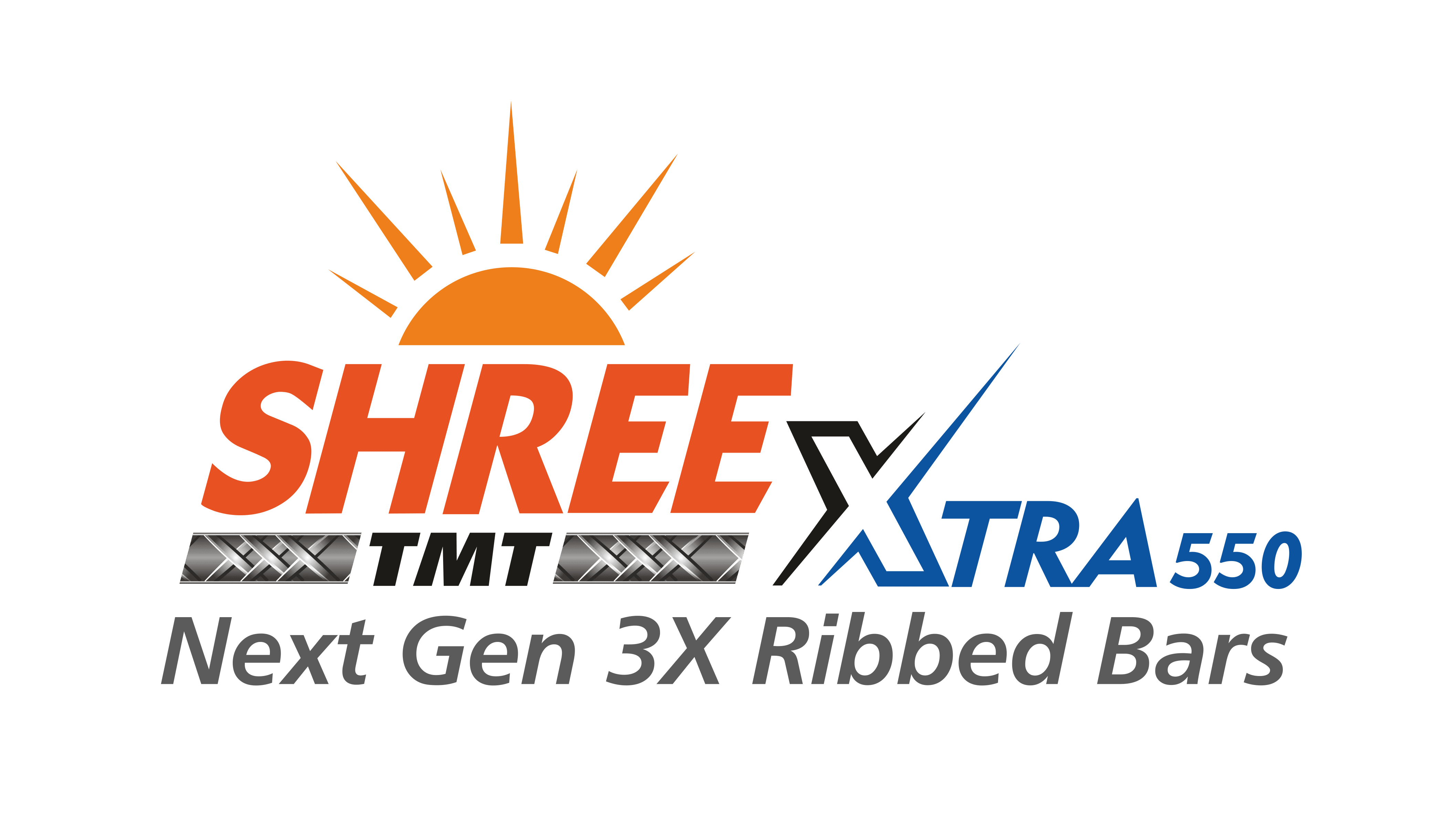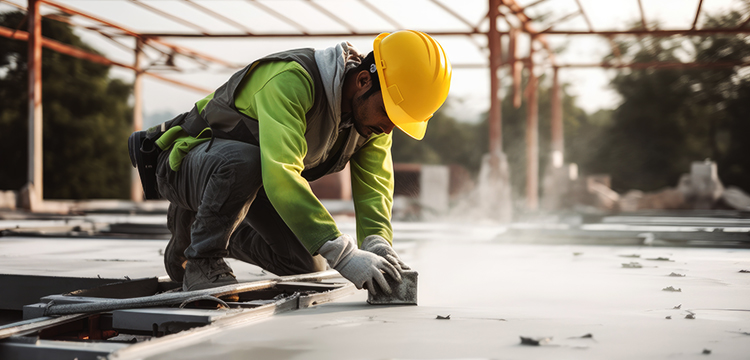5+ Types of Slabs in Construction
Slabs in construction are sturdy horizontal planes that lay the foundation for providing fundamental strength to the structure. These slabs play a crucial role in distributing weight and ensuring structural integrity.
Assessing the type of slabs used in construction rests on the building strength required and the architectural design and functionality.
Categorizing Slabs:
A primary distinction between these slabs lies in how they bear weight.
- One-way slabs: These slabs are designed to transfer loads in one direction, typically supported by beams or walls on two opposing sides. This makes them suitable for residential floors and low-rise buildings with shorter spans. One-way joist slabs, also known as ribbed slabs, are a variation that incorporates precast concrete T-beams to create a lighter and more economical option.
- Two-way slabs: Two-way slabs distribute weight in two perpendicular directions. This is ideal for larger areas with support on all four sides, such as commercial buildings, multi-storied buildings, and parking garages. Flat slabs and waffle slabs are popular two-way slab choices.
Popular Slab Options:
- One-way slabs on beams: These traditional slabs are constructed with parallel beams that transfer the load to the columns. They are an economical and simple alternative for residential construction.
- Waffle slabs: These recognizable slabs feature a grid-like pattern of deep ribs on the underside, resembling a waffle. This design reduces weight while maintaining strength, making them ideal for long spans in commercial buildings such as theatres, auditoriums, and industrial buildings.
- Flat slabs: These slabs are popular for their clean aesthetics and efficient use of space. They consist of a thickened section around columns (drop panels) for added strength and the flat is supported directly on the column or walls.
- Precast slabs: These slabs are prefabricated concrete units manufactured off-site and then delivered to the construction location for assembly. These slabs have a variety of shapes and sizes offering numerous advantages in terms of quality, efficiency, and versatility in construction projects.
- Hollow core slabs: These precast concrete slabs contain strategically placed voids, reducing weight while maintaining structural integrity. They are often used for building floors and offer benefits like improved thermal and acoustic insulation.
- Composite slabs: These combine a steel reinforcement and concrete topping with a profiled steel deck. The steel deck acts as permanent formwork and contributes to the overall strength of the slab. This option offers a lighter-weight solution with good fire resistance. The steel deck serves a dual purpose as both formwork and tensile reinforcement, complemented by the concrete topping which enhances compression strength.
The selection of the most suitable concrete slab types depends on various factors like building size, load requirements, desired aesthetics, and budget. Understanding the strengths and limitations of each option is crucial. The slabs are mostly built of reinforced concrete, often with TMT bars. These bars offer increased strength and ductility, ensuring the long-term durability of the slab structure. The ribbed surface texture of TMT bars facilitates better bonding with concrete, promoting efficient transfer of stresses between the two materials. This strong bond improves the structural performance of the slab, reducing the risk of delamination or debonding between the concrete and reinforcement.

